

January 29 – February 4: “Are literary techniques going by the wayside?”
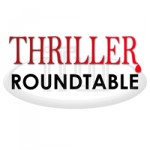 Symbolism…metaphors…allusion…personification…are literary techniques going by the wayside with the fast-paced thrillers of today? This week ITW Members Tim Waggoner, Susan Furlong, Marietta Miles, Thomas Perry, Martin Roy Hill, Dana King, Desiree Holt and Chris Malburg will foreshadow the future of these once-common literary techniques (See what we did there?). Scroll down to the “comments” section and follow along!
Symbolism…metaphors…allusion…personification…are literary techniques going by the wayside with the fast-paced thrillers of today? This week ITW Members Tim Waggoner, Susan Furlong, Marietta Miles, Thomas Perry, Martin Roy Hill, Dana King, Desiree Holt and Chris Malburg will foreshadow the future of these once-common literary techniques (See what we did there?). Scroll down to the “comments” section and follow along!
~~~~~
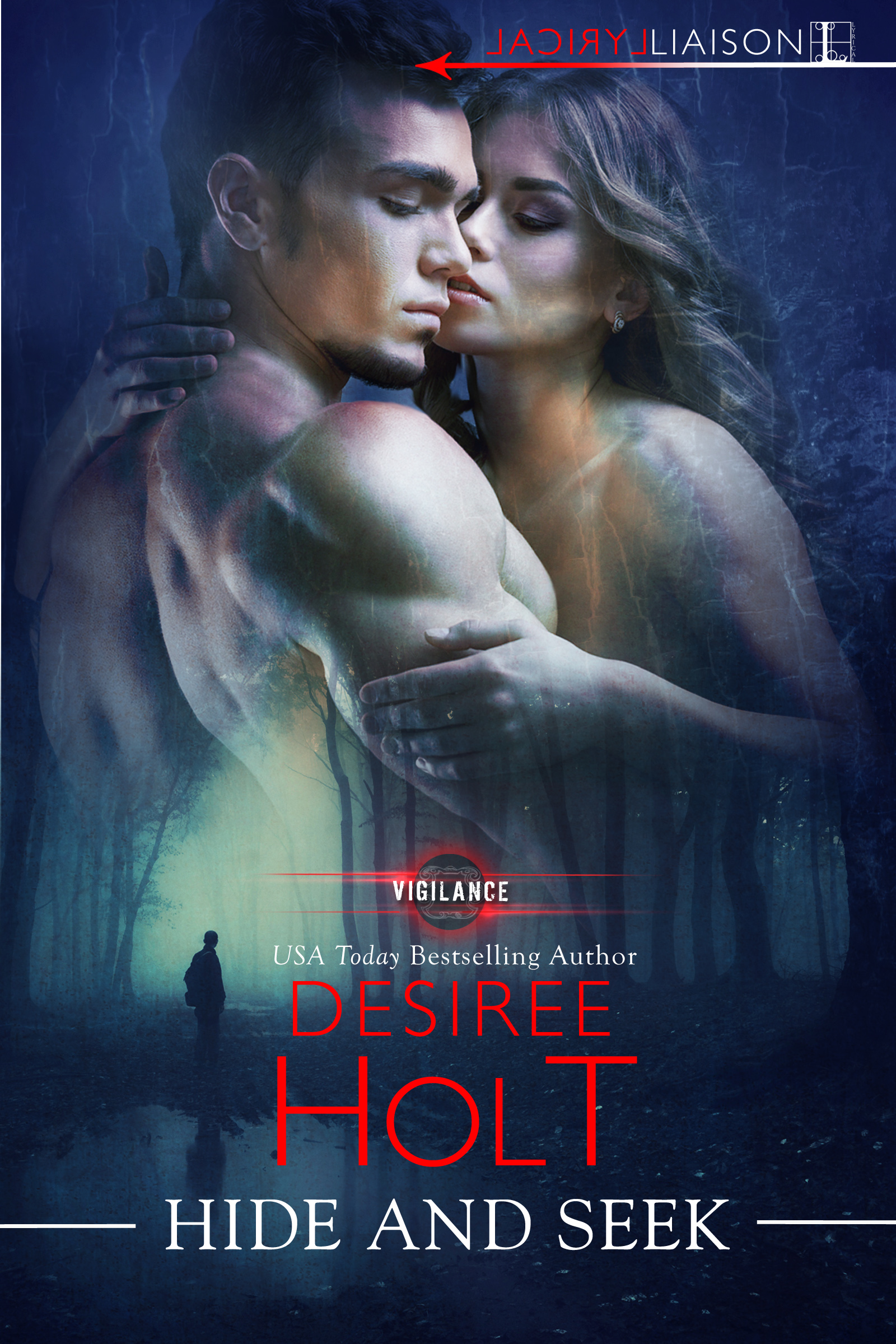 Desiree Holt is a USA Today bestselling author with more than two hundred titles available. Her taste as both an author and a reader runs to books featuring current and former military as well as law enforcement as heroes and heroines. She has two Kindle Worlds licensed to Amazon—The Phoenix Agency and The Omega Team, both based on bestselling series. Without Warning, Book #2 in her Vigilance series for Kensington, releases in March.
Desiree Holt is a USA Today bestselling author with more than two hundred titles available. Her taste as both an author and a reader runs to books featuring current and former military as well as law enforcement as heroes and heroines. She has two Kindle Worlds licensed to Amazon—The Phoenix Agency and The Omega Team, both based on bestselling series. Without Warning, Book #2 in her Vigilance series for Kensington, releases in March.
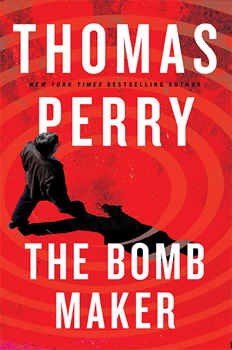 Thomas Perry is the bestselling author of 25 novels, including the critically acclaimed Jane Whitefield series, Forty Thieves, The Old Man and The Butcher’s Boy, which won the Edgar Award.
Thomas Perry is the bestselling author of 25 novels, including the critically acclaimed Jane Whitefield series, Forty Thieves, The Old Man and The Butcher’s Boy, which won the Edgar Award.
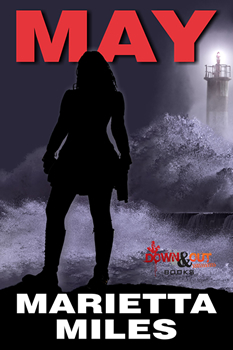 Marietta Miles’ shorts and flash can be found in Thrills, Kills and Chaos, Flash Fiction Offensive, Yellow Mama, Hardboiled Wonderland and Revolt Daily. Her stories have been included in anthologies available through Static Movement Publishing and Horrified Press. She is rotating host for Noir on the Radio, Dames in the Dark and contributor to Do Some Damage Writer’s Blog. Her first book, ROUTE 12, was released February of 2016. Born in Alabama, raised in Louisiana, she currently resides in Virginia with her husband and two children.
Marietta Miles’ shorts and flash can be found in Thrills, Kills and Chaos, Flash Fiction Offensive, Yellow Mama, Hardboiled Wonderland and Revolt Daily. Her stories have been included in anthologies available through Static Movement Publishing and Horrified Press. She is rotating host for Noir on the Radio, Dames in the Dark and contributor to Do Some Damage Writer’s Blog. Her first book, ROUTE 12, was released February of 2016. Born in Alabama, raised in Louisiana, she currently resides in Virginia with her husband and two children.
 Martin Roy Hill is the author of the Linus Schag, NCIS, thrillers, the Peter Brandt thrillers, and the award-winning short story collection DUTY, and EDEN: A Sci-Fi Novella. Martin’s short stories have appeared in Alfred Hitchcock Mystery Magazine, ALT HIST: The Journal of Historical Fiction and Alternative History, Mystery Weekly Magazine, Crimson Streets, Nebula Rift, Devolution Z, and others. A former national award-winning investigative journalist, Martin is now a military analyst.
Martin Roy Hill is the author of the Linus Schag, NCIS, thrillers, the Peter Brandt thrillers, and the award-winning short story collection DUTY, and EDEN: A Sci-Fi Novella. Martin’s short stories have appeared in Alfred Hitchcock Mystery Magazine, ALT HIST: The Journal of Historical Fiction and Alternative History, Mystery Weekly Magazine, Crimson Streets, Nebula Rift, Devolution Z, and others. A former national award-winning investigative journalist, Martin is now a military analyst.
 Tim Waggoner has published close to forty novels and three collections of short stories. He writes original dark fantasy and horror, as well as media tie-ins, and his articles on writing have appeared in numerous publications. He’s won the Bram Stoker Award, been a finalist for the Shirley Jackson Award and the Scribe Award, his fiction has received numerous Honorable Mentions in volumes of Best Horror of the Year, and he’s twice had stories selected for inclusion in volumes of Year’s Best Hardcore Horror. He’s also a full-time tenured professor who teaches creative writing and composition at Sinclair College in Dayton, Ohio.
Tim Waggoner has published close to forty novels and three collections of short stories. He writes original dark fantasy and horror, as well as media tie-ins, and his articles on writing have appeared in numerous publications. He’s won the Bram Stoker Award, been a finalist for the Shirley Jackson Award and the Scribe Award, his fiction has received numerous Honorable Mentions in volumes of Best Horror of the Year, and he’s twice had stories selected for inclusion in volumes of Year’s Best Hardcore Horror. He’s also a full-time tenured professor who teaches creative writing and composition at Sinclair College in Dayton, Ohio.
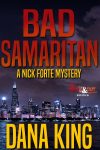 Dana King has published eleven novels, two of which (A Small Sacrifice and The Man in the Window) received Shamus Award nominations. The newest novel in that series, Bad Samaritan, was released on January 22 by Down & Out Books. His Penns River series of police procedurals includes three books, with a fourth (Ten-Seven) due in July from Down & Out.
Dana King has published eleven novels, two of which (A Small Sacrifice and The Man in the Window) received Shamus Award nominations. The newest novel in that series, Bad Samaritan, was released on January 22 by Down & Out Books. His Penns River series of police procedurals includes three books, with a fourth (Ten-Seven) due in July from Down & Out.
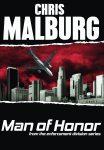 Chris Malburg is a popular author, with over 4 million words published in 22 business books. Simon & Schuster, Putnam, Wiley and McGraw Hill all publish Chris’ work which is consumed in most western countries. After classes at Stanford Writers School, Chris crossed the chasm into fiction with his Enforcement Division series. Chris’ latest, Man of Honor, is a thriller about the storied Chinese PLA Unit 61398—the cyber warfare division.
Chris Malburg is a popular author, with over 4 million words published in 22 business books. Simon & Schuster, Putnam, Wiley and McGraw Hill all publish Chris’ work which is consumed in most western countries. After classes at Stanford Writers School, Chris crossed the chasm into fiction with his Enforcement Division series. Chris’ latest, Man of Honor, is a thriller about the storied Chinese PLA Unit 61398—the cyber warfare division.
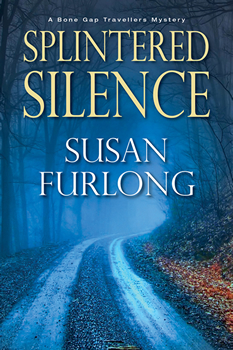 Susan Furlong was introduced to the American Irish Traveller community when a family of Travellers worked on her home. After extensive research, her fascination with this itinerant subculture became the basis for her new suspense series. Susan contributes to the New York Times bestselling Novel Idea Mysteries under the pen name Lucy Arlington, and is the author of other mysteries as well. Raised in North Dakota, she graduated from Montana State University. She and her family live in central Illinois.
Susan Furlong was introduced to the American Irish Traveller community when a family of Travellers worked on her home. After extensive research, her fascination with this itinerant subculture became the basis for her new suspense series. Susan contributes to the New York Times bestselling Novel Idea Mysteries under the pen name Lucy Arlington, and is the author of other mysteries as well. Raised in North Dakota, she graduated from Montana State University. She and her family live in central Illinois.
- LAST GIRL MISSING with K.L. Murphy - July 25, 2024
- CHILD OF DUST with Yigal Zur - July 25, 2024
- THE RAVENWOOD CONSPIRACY with Michael Siverling - July 19, 2024
